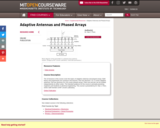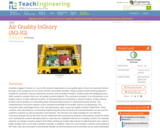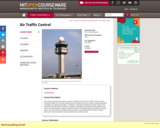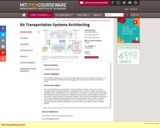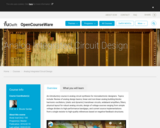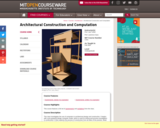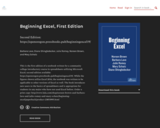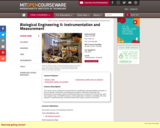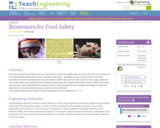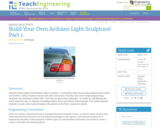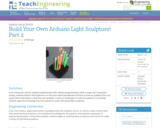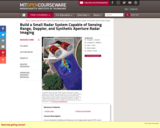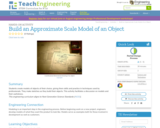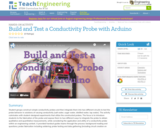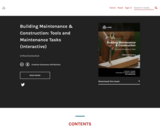
Introduce students to the creative design process, based on the scientific method and peer review, by application of fundamental principles and learning to complete projects according to schedule and within budget. Subject relies on active learning through a major team-based design-and-build project focused on the need for a new consumer product identified by each team. Topics to be learned while teams create, design, build, and test their product ideas include formulating strategies, concepts and modules, and estimation, concept selection, machine elements, design for manufacturing, visual thinking, communication, teamwork, and professional responsibilities.
- Subject:
- Career and Technical Education
- Manufacturing
- Material Type:
- Full Course
- Provider:
- M.I.T.
- Provider Set:
- M.I.T. OpenCourseWare
- Author:
- Slocum, Alexander H.
- Date Added:
- 01/01/2003
